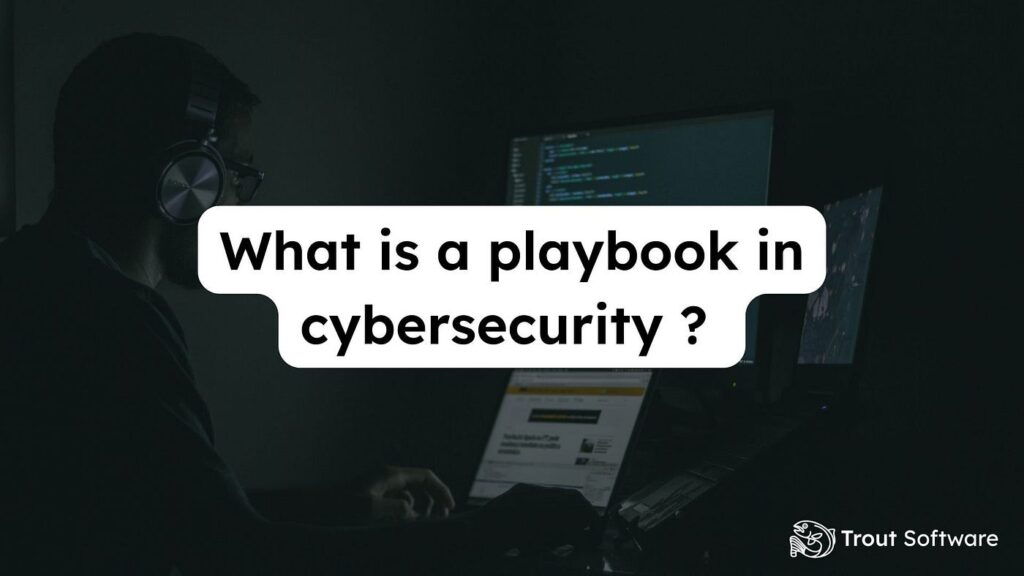Introduction
Don Murdock is up next, and he is a seasoned cyber security professional with over 20 years of experience. Known for his expertise in cyber security operations and playbook development, Don is a well-recognized name in the field. Today, we’ll dive deep into building playbooks for a Security Operations Center (SOC), their importance, structure, and how they contribute to a stronger cyber defense strategy.
Importance of Playbooks in a SOC
Playbooks are critical documents for a SOC. They provide structured guidance for security analysts to respond to security incidents, ensuring consistency, repeatability, and efficiency in handling threats. Playbooks make security operations more actionable and are essential for incident response, investigation, and threat hunting.
Where Playbooks Fit in the SOC Workflow
Security Operations Centers deal with various data sources and use cases that lead to the development of playbooks. These playbooks serve as a guide for analysts at different skill levels, helping them analyze threats, escalate alerts, and perform investigations efficiently. A well-structured playbook empowers incident response teams and ensures a streamlined and effective workflow.
Defining a Playbook
A playbook is a self-contained, fully documented, and prescriptive procedure that provides a repeatable and predictable method for responding to cyber security incidents. Playbooks help:
- Ensure standardized and structured incident response processes.
- Enable efficient automation of common security tasks.
- Provide detailed response strategies for specific threats.
Components of a Cyber Security Playbook
A playbook should include:
- Title & Description – Clearly state the playbook’s purpose.
- Author & Date – Document who created it and when it was last updated.
- Compliance & Control Area – Map it to security frameworks like NIST 800-53.
- Triggering Conditions – Define when the playbook should be executed.
- Investigation Steps – Outline how to analyze security incidents.
- Response Actions – Describe how to mitigate and remediate threats.
- Standardized Communication Messages – Ensure clear communication with internal teams and external stakeholders.
Investigating Cyber Security Incidents
Investigations are decision-making processes that involve data collection, analysis, and hypothesis testing. Research has shown that analysts who are skilled at disproving false alarms are more effective in handling incidents. Key investigation aspects include:
- High-context data analysis for rapid incident validation.
- Adversary emulation and threat modeling to simulate potential attacks.
- Utilizing automated data queries to improve investigation efficiency.
Adversary Emulation and Purple Teaming
Playbooks also serve an important role in adversary emulation and purple teaming exercises. These simulations test the SOC’s ability to detect and respond to real-world attack scenarios. The key distinctions are:
- Purple Teaming – Collaboration between the red (offense) and blue (defense) teams.
- Adversary Emulation – Mimicking known threat actors to test SOC readiness.
- Red Teaming – Conducting full-scale attack simulations to identify security gaps.
Metrics for Measuring Playbook Success
Measuring the effectiveness of playbooks is crucial for improving SOC operations. Important metrics include:
- Percentage of security controls covered by playbooks.
- Incident response time reductions due to structured playbooks.
- Accuracy in identifying false positives and negatives.
- Frequency of playbook validation and updates.
Playbook Lifecycle Management
A playbook must be tested and updated regularly to ensure relevance. Steps for maintaining an effective playbook include:
- Validation Testing – Regularly test playbooks in real-world scenarios.
- Review and Updates – Ensure accuracy and adapt to evolving threats.
- Retirement and Replacement – Decommission outdated playbooks and create new ones.
- Content Management – Store playbooks in a structured, accessible system like Confluence, SharePoint, or GitHub.
Conclusion
A well-defined playbook enhances the efficiency, effectiveness, and preparedness of SOC teams. By integrating structured incident response processes, automated workflows, and continuous validation, security teams can strengthen their defenses against cyber threats.
For SOC teams looking to improve their security operations, investing time in playbook development, testing, and refinement is essential. By leveraging adversary emulation, automation, and effective investigation techniques, security analysts can respond to threats more effectively and reduce organizational risk.
Thank you for reading! Stay tuned for more insights on cyber security best practices and SOC operations.


